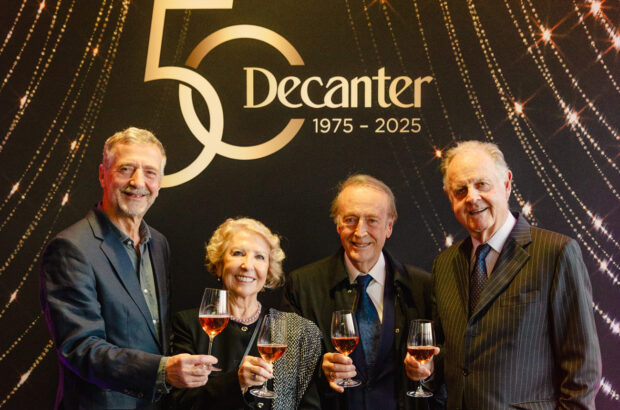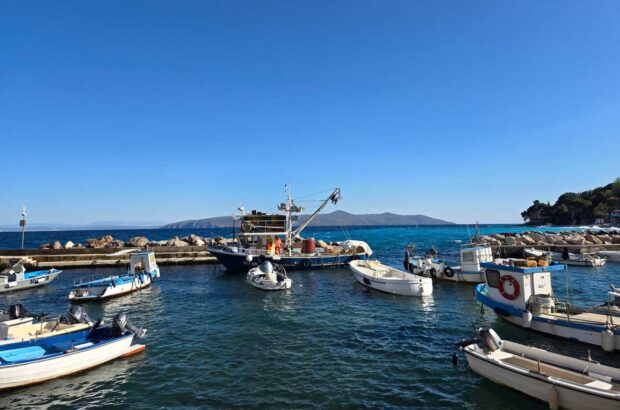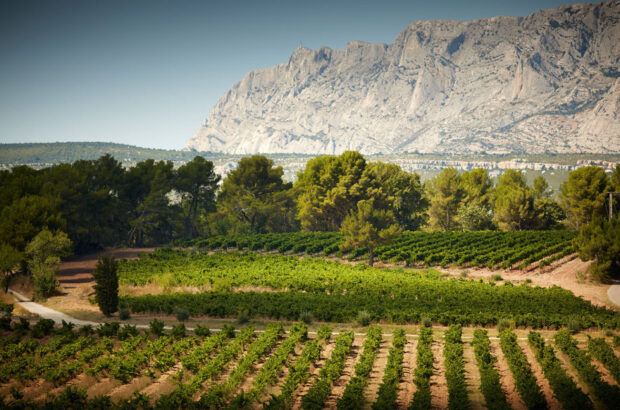Anecdotal evidence suggests that sales decreased significantly compared to the previous year, with volume and value sales down by as much as 60% in a few cases.
In some instances, sales of usually bankable wines crashed to almost zero, according to the merchants that Liv-Ex polled.
‘Yet again, many buyers and collectors have had to ask what purpose the time-consuming event serves when it delivers such pitiful revenue, and who precisely it is for when it offers little compelling value,’ said Liv-Ex in a damning report released yesterday, titled ‘Bordeaux 2021: Predictable Chaos’.
The name stems from a quote given by one disgruntled merchant when asked to sum up the 2021 en primeur campaign.
The pace of the campaign was disrupted by trade fairs and bank holidays and several estates released before they were expected to, while others did not release wines by the deadlines they had previously given.
According to the report, ‘little consideration was given to the wider macroeconomic conditions and the impact this would have on buying appetites’ at a time when inflation is rampant and the economic outlook is uncertain.
Liv-Ex had initially hailed the 2021 vintage as an opportunity to ‘energise’ the en primeur market. It was deemed to be a vintage of reasonable quality, comparable to 2014, which could have been offered at accessible prices. Liv-Ex reported that the average market price of the 2014s is now £1,646 for a 12-bottle case, which is 20.9% lower than the £2,080 average release price of the 2021s.
There were some bright spots among the 2021 Bordeaux en primeur campaign, however, including the performances of the First Growths, along with Lafleur, Calon Ségur, Les Carmes Haut-Brion and Cheval Blanc. However, merchants still complained that most of the releases were down by at least 20% in volume compared to the previous year.
In the same week that the Bordeaux en primeur campaign ended, Burgundy recorded its highest ever weekly share in the secondary market. In the week to 16 June 2022, it seized a 38.3% market share, compared to just 34.1% for Bordeaux.
‘The 2021 campaign has done little to address the identity crisis of en primeur – indeed it might possibly have worsened it,’ concluded the Liv-Ex report. ‘This is a vintage that was destined for the dining tables, not decades in cellars. Now it is destined for discounts. While the châteaux suffered the triple whammy of lower yields, higher costs of production and a darkening economic outlook, they cannot continue to offer middle-of-the-road vintages at prices scarcely distinguishable from those it declares great and expect the international trade and their collectors to buy.
‘Maintaining pricing levels and restricting stock may be regarded as part of a process of preserving brand equity for those on the inside looking out. But for those on the outside looking in, it appears nonsensical, self-defeating and, ultimately, a reason to stay away.’






